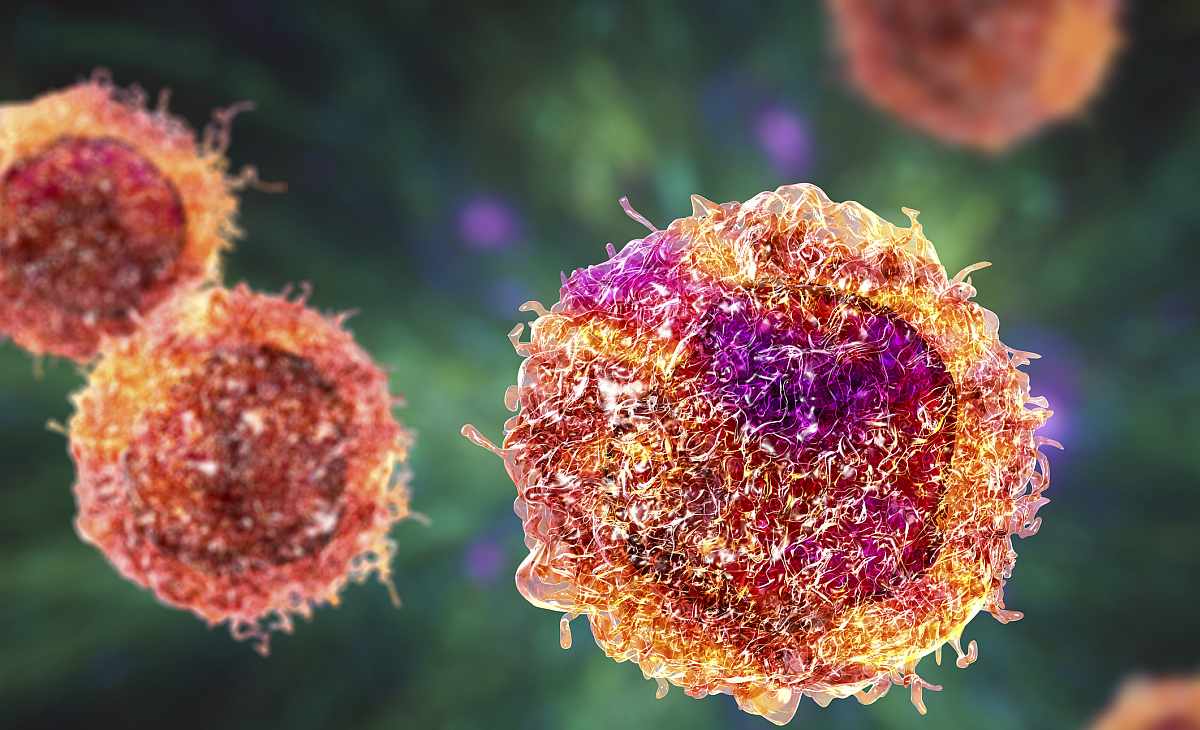Key components of quantum computers have been developed that work at temperatures much higher than before, and it could bring super-fast computing much closer to reality.
This article and explainer video is suited to students in years 8, 9, 11, and 12 studying Chemistry and Physics. It demonstrates an application of a scientific understanding of particle models and heat energy.
Word Count / Video Length: 416 / 3:21 mins
Why This Matters: For too long the promise of quantum computing has stayed too far out of reach.
For years, promises have been made of quantum computers that can operate far faster than anything we currently have. But most quantum computers being developed around the world will only work at fractions of a degree above absolute zero.
Operating at those sorts of temperatures requires multi-million-dollar refrigeration, and as soon as you plug them into conventional electronic circuits they instantly overheat.
But now researchers from UNSW, in collaboration with researchers around the world, have developed a quantum computing chip that operates at much higher temperatures.
The researchers’ processor works at 1.5 Kelvin. While still extremely cold, it’s 15 times warmer than technology being developed by Google, IBM, and others.
And that increase in temperature makes cooling far simpler, more energy efficient, and far cheaper.
“This is still very cold, but is a temperature that can be achieved using just a few thousand dollars’ worth of refrigeration, rather than the millions of dollars needed to cool chips to 0.1 Kelvin,” explains UNSW researcher Andrew Dzurak.
“While difficult to appreciate using our everyday concepts of temperature, this increase is extreme in the quantum world.”
The proof-of-concept has been published in the journal Nature.
How ‘Hot’ Qubits work for quantum computing
The cell developed by Dzurak’s team comprises two qubits confined in a pair of quantum dots embedded in silicon.
Qubit pairs are the fundamental units of quantum computing. Like its classical computing analogue – the bit – each qubit characterises two states, a 0 or a 1, to create a binary code. Unlike a bit, however, it can manifest both states simultaneously, in what is known as a “superposition”.
To perform complex calculations, quantum computers need millions of qubits. But each qubit pair added to the system increases the heat generated – and more heat leads to more errors.
The prospect of maintaining quantum computers with enough qubits to be useful at temperatures much colder than deep space is expensive and pushes refrigeration technology to the limit.
The silicon chips designed by the team force electrons to tunnel between quantum dots, which allows their spin state to be read as qubit information. They’ve now also found using silicon allows that process to happen at much higher temperatures. Additionally, the silicon chips themselves can be manufactured in conventional silicon chip factories.
“Our new results open a path from experimental devices to affordable quantum computers for real world business and government applications,” says Dzurak.
Login or Sign up for FREE to download a copy of the full teacher resource





